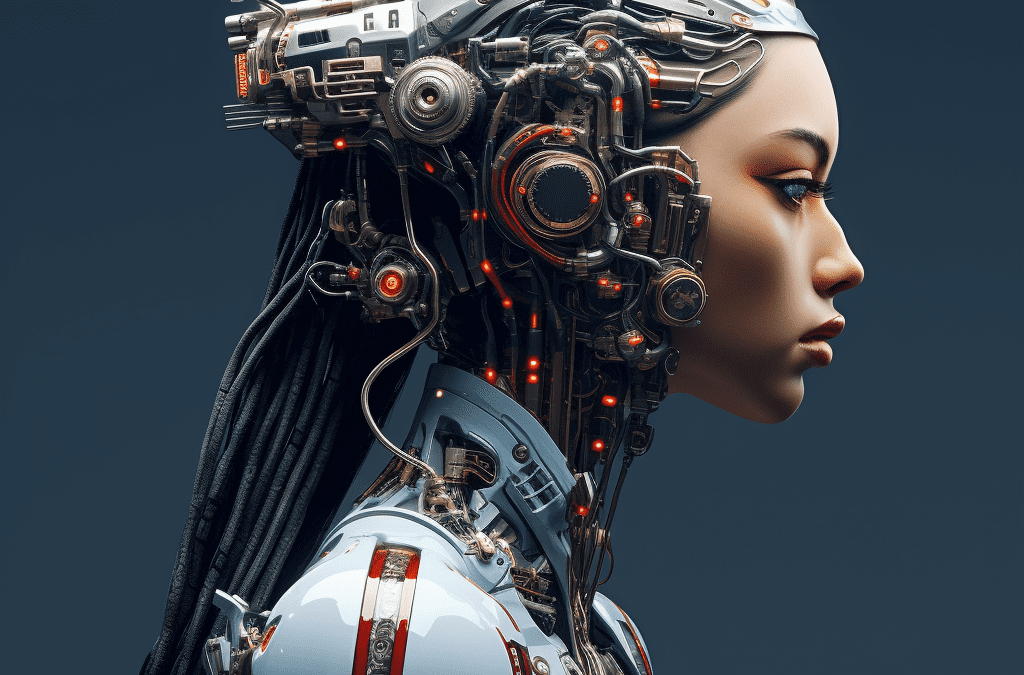Elon Musk, the visionary founder of Neuralink, has announced a groundbreaking development in neuroscience and technology: successfully implanting the first computer chip into a human brain. This significant achievement, shared via a social media post on X by Musk, represents a leap forward in Neuralink’s efforts to merge human cognition with advanced technology.
The implant was surgically placed into a volunteer last Sunday, and early reports indicate that the individual is recuperating effectively. Musk highlighted the encouraging initial outcomes, notably the chip’s ability to detect neuron spikes, signaling a promising start to this pioneering venture.
The Breakthrough Procedure
The patient, whose identity remains undisclosed, underwent a surgical procedure involving the implantation of Neuralink’s brain-computer interface (BCI). This device, ‘Telepathy’, enables direct communication between the human brain and external devices. Utilizing “ultra-fine” threads, the implant facilitates the transmission of neural signals, potentially unlocking new avenues for individuals with neurological conditions.
The Science Behind the Innovation
The essence of this technology lies in its ability to detect neuron spikes – the fundamental units of brain activity. By capturing these signals, Neuralink’s implant aims to translate thought into action, offering hope for individuals with paralysis or other movement disorders. The implant’s placement in the brain is critical, targeting regions responsible for movement intentions, thus allowing the control of computers or other devices purely through thought.
Regulatory Milestones and Safety Considerations
This groundbreaking achievement follows the U.S. Food and Drug Administration’s clearance last year, permitting Neuralink to conduct human trials. As part of the PRIME Study, the safety and functionality of the implant and its surgical procedure are under rigorous evaluation. However, Neuralink has not been without its challenges. The company recently faced scrutiny over safety protocols and was fined for violating rules related to the movement of hazardous materials.
The Future of Neurotechnology
Neuralink’s implant, the ‘Link’, is roughly the size of five stacked coins, surgically implanted in the brain. This approach contrasts with other developers in the field, such as Australia-based Synchron, which has developed a less invasive method. Despite facing delays and competition, Neuralink’s achievement marks a significant step forward in brain-machine interface research.
The Broader Implications
Beyond its medical applications, this development has far-reaching implications for the future of human interaction with technology. It represents a major stride in the quest to merge human cognition with artificial intelligence, potentially reshaping how we interact with the digital world and addressing some of the most challenging neurological disorders.
Conclusion
Neuralink’s successful implantation of a brain chip in a human patient is not just a triumph for the company but a beacon of hope for millions affected by neurological conditions. As we stand on the cusp of this new technological dawn, the possibilities for enhancing human capabilities and improving lives seem boundless.




